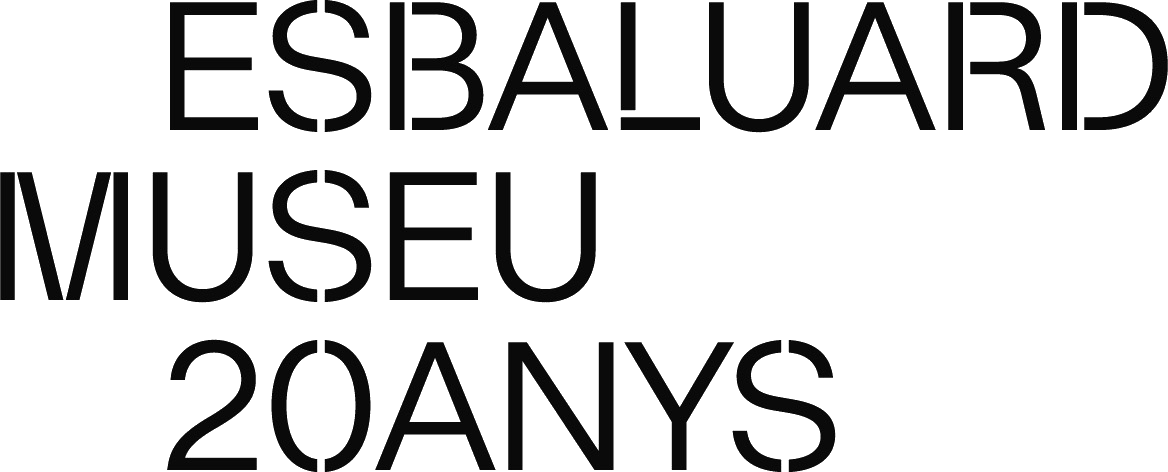Sam Francis is a relevant artist in the post-war American painting, being one of the leading exponents of American abstract expressionism. He was hospitalised in 1944 due to spinal injuries incurred in a plane crash and began painting during the convalescence. In 1950 he moved to Paris, but made frequent trips to Mexico, Japan, the United States and Europe. In Paris he was fascinated by the light of paintings by Monet and the colours of Matisse, facets which were reflected in his own work in which he began to leave areas of the canvas blank and to increase the size of his paintings. His first individual exhibition was held in the Galerie Nina Dausset in Paris in 1952 and in 1956 he was included in the “12 Americans” exhibition at the Museum of Modern Art in New York. During this period of his life he was commissioned to produce a huge number of monumental murals. In 1960 is hospitalised in Bern (Switzerland), subsequently returning to Santa Monica in California where his interest in mysticism would be kindled. Blue began to dominate his works and the more rigid structures gave way to looser configurations. Over the years Francis accentuated the brilliance of his colours, inspired by the thinking of the Far East.
Many solo exhibitions have been organized by museums and art centers around the world: Sogetsu Art Museum, Tokyo (1996), Fundació Miró, Barcelona (1998), Museum of Contemporary Art, Los Angeles & Museo Nacional Centro de Arte Reina Sofia, Madrid (1999-2000), and the Kunstmuseum, Berna (Switzerland, 2006), among others. Worthy of particular note among the collections that hold works by Francis are those of the Centre Pompidou, Paris, the Metropolitan Museum of Art, New York, the Museum of Modern Art of New York, the Solomon R. Guggenheim Museum, New York and the Tate Collection, London.
E.B.


